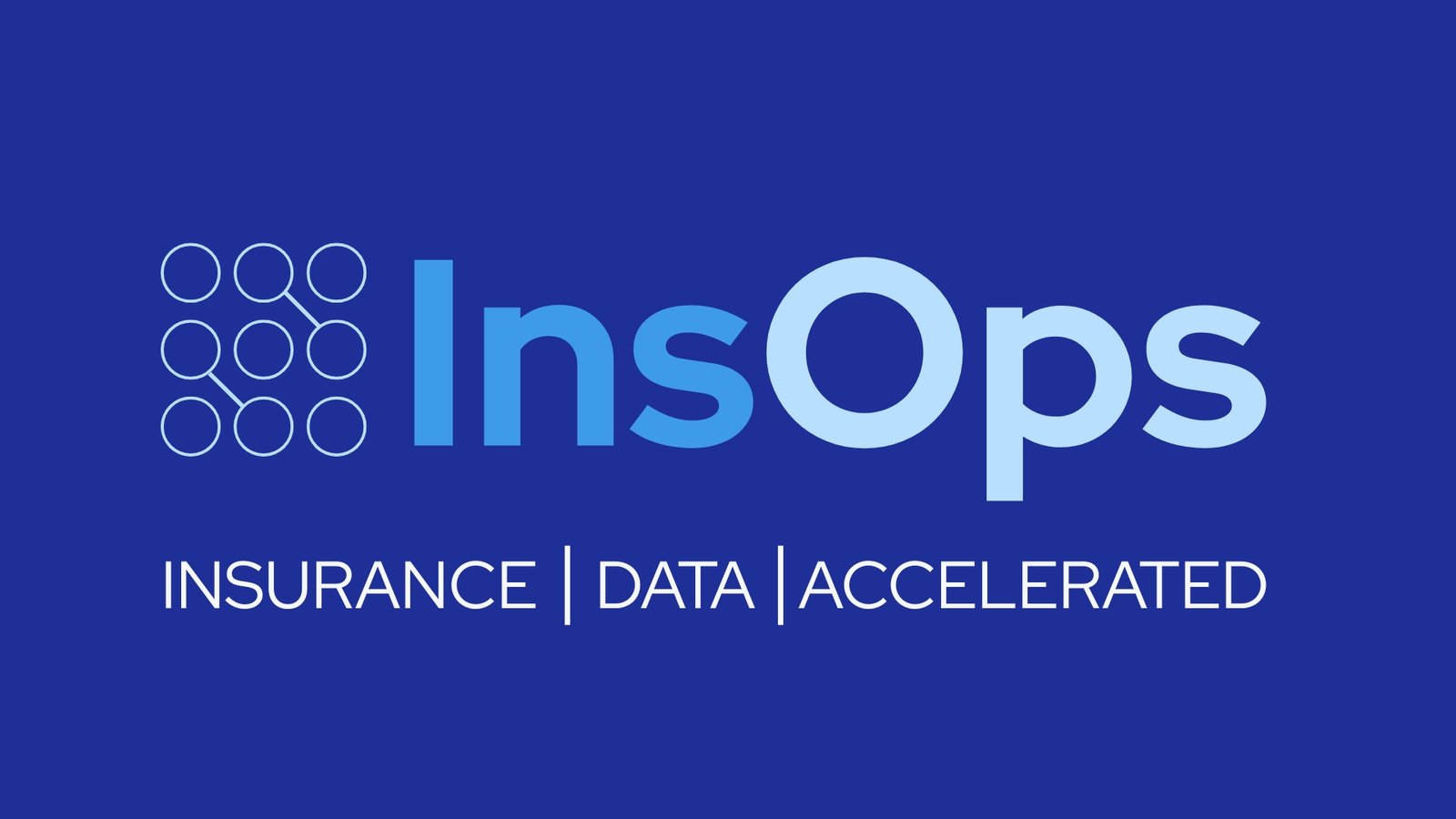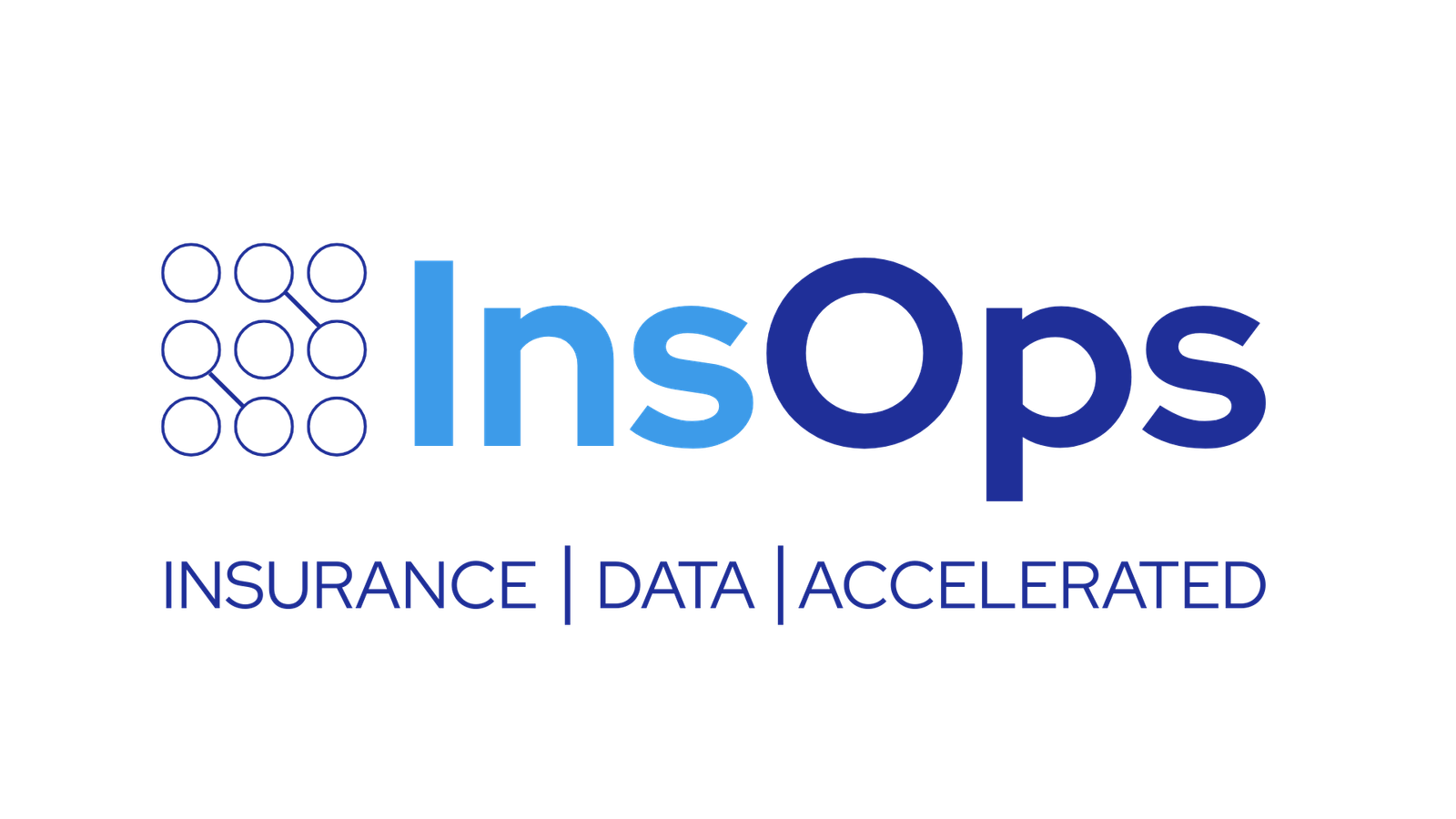Why ETL Is the Wrong Starting Point for Insurance Data Migration
Many organizations turn to conventional ETL (extract, transform, load) tools to migrate their insurance data because they are familiar and efficient in other industries. However, ETL models were never designed for insurance.
Using generic tools and treating data migration as a backend technical task can lead to visible failures in operations, compliance, and financial accuracy.
This post explores why ETL-based migration models fall short in insurance, the business consequences that often follow, and what a better approach looks like.
4 Reasons ETL Doesn’t Work for Insurance Data Migration
ETL models are effective at moving structured data between systems, but they often do so without understanding how that data behaves in a live insurance environment. This gap creates a disconnect between technical success and operational readiness. Here are four key issues insurers encounter when relying on ETL for data migration:
Lack of Business Awareness
Insurance data isn’t just numbers in a table. It represents active reserves, coverage timelines, adjuster notes, and regulatory statuses.
ETL tools do not validate whether migrated values align with claim logic, financial exposure, or policy terms. When the business uses the new system, results often do not align with expectations, even if the data appears structurally sound.
Inflexible Validation Cycles
ETL jobs are designed to extract and load, not to iterate. However, insurers need to validate data across reporting outputs, operational workflows, and audit requirements. These reviews require input from business users. Rigid ETL processes make testing cycles more difficult and less effective.
Regulatory and Audit Exposure
Data lineage, accuracy, and historical reconciliation are critical in insurance. ETL pipelines often lack the transparency needed to track decision points or transformation logic. This can leave gaps in documentation that become problems during audits or regulatory reviews.
Costly Delays and Dual-System Operations
When data migration is not trusted, legacy systems remain in use longer than necessary. Insurers must then support both systems while resolving post-migration issues. This increases operational cost, adds complexity, and delays the benefits of modernization.
What an Insurance-Centric Data Migration Strategy Looks Like
A more effective migration approach starts with a simple shift: treat migration as a business-led change, not just a technical task.
Start with How Data is Used, not Just how it’s Stored
Before migrating any data, teams should map how data drives reporting, compliance, and service delivery. This helps ensure that what matters most to the business is accurate and accessible from day one.
Use Profiling to Preserve Relationships, not Just Field Formats
Data profiling should capture how values are generated, linked, and used. This includes reserve calculations, claim status logic, and coverage relationships. These connections are essential for accurate reporting and decision-making in the new system.
Plan for Staged Migration and Iterative Validation
Instead of migrating everything at once, execute in phases based on real claims scenarios. Validate outputs through user-facing reports and business workflows, not just backend data checks. This approach supports early issue detection and increased stakeholder confidence
Build Compliance and Audit Readiness into the Process
Every step of the migration should be documented and reviewable. Logging, validation, and reconciliation should occur in real time. This supports regulatory compliance and reduces the need for post-project audit remediation.
The InsOps Approach: Built for Insurance, Proven in the Field
InsOps was purpose-built for the insurance industry. Every tool, method, and process we use is informed by deep domain expertise and tested through real-world implementation across claims, policy, broker, and billing systems.
Our approach combines AI-powered tooling, a metadata-driven ingestion platform, and a structured migration framework that prioritizes business continuity, compliance, and long-term usability.
Here’s what sets InsOps apart:
1. AI-Powered, ETL-Free Migration
We move away from brittle ETL pipelines and rely instead on our proprietary accelerators to ingest structured and unstructured data from legacy systems in just a few steps, drastically reducing complexity, manual intervention, and turnaround time.
2. Metadata-Driven Ingestion for Better Accuracy
By leveraging metadata and pre-built connectors specific to insurance systems, we reduce interpretation errors and preserve business context. This ensures more accurate mapping of values like reserve calculations, claim statuses, and historical timelines.
3. Zero Downtime Deployment
We enable organizations to migrate live systems without interrupting operations. Whether migrating open claims or ten years of closed files, our process supports parallel validation and real-time cutover avoiding prolonged downtime or operational disruption.
4. Embedded Compliance and Audit Readiness
Every transformation step is logged, version-controlled, and available for audit. We incorporate validation checkpoints throughout the process, so compliance teams have confidence in the data from the start not after the fact.
5. Insurance-Specific Configuration and Flexibility
Unlike rigid ETL frameworks, our migration model adapts to the nuances of insurance systems. We support configuration across multiple lines of business, complex policy structures, and specialty claims scenarios without the need for custom-built one-off solutions.
| Category | Traditional ETL-Based Migration | The InsOps Approach |
|---|---|---|
| Purpose | Designed for generic data transfer across industries | Purpose-built for insurance data, business logic, and compliance needs |
| Business Context Awareness | Focuses on moving fields and tables without understanding how data supports operations | Starts with how data is used in reporting, reserving, compliance, and workflows |
| Validation Process | One-way batch jobs with limited user testing | Staged, iterative testing with real-world reports and cross-team validation |
| Transformation Logic | Often undocumented or hidden in backend scripts | Fully transparent, version-controlled transformation rules captured at each step |
| Compliance and Audit Readiness | Post-migration documentation often required to meet regulatory standards | Built-in audit trails, role-based logging, and compliance validation integrated throughout the process |
| Adaptability | Requires custom scripts for every insurer, with limited reusability | Leverages pre-built connectors and configurable metadata-driven ingestion for insurance-specific needs |
| Technology Stack | Dependent on rigid ETL pipelines and third-party tools | AI-powered, ETL-free engine (InsOps Ingest) designed specifically for insurance data ingestion |
| Operational Risk | High. Errors often surface post-launch, requiring rework or extended dual-system operation | Low. Accuracy confirmed pre-launch with business-led testing and parallel validation |
| Downtime and Cutover | Often requires planned outages or run-in-parallel scenarios | Zero-downtime deployment with real-time cutover and operational continuity |
| Time to Value | Slower, with longer timelines due to iterative fixes and parallel system maintenance | Faster. Golden Bear completed a full migration and system decommission in 4 months |
A Real-World Example: Golden Bear Insurance Company
Golden Bear Insurance faced a common challenge. After adopting Guidewire ClaimCenter Cloud, they continued to rely on a 40-year-old AS/400 system for historical and active claims data. Maintaining both systems slowed down reporting, increased costs, and created operational inefficiencies.
Golden Bear partnered with InsOps to manage a full-scale migration with a business-first strategy that avoided the limitations of traditional ETL.Together, they:
The outcome:
How Golden Bear Retired 40 years of Legacy Data 3x faster with InsOps


From AS/400 to AI-Ready in 4 Months: Golden Bear’s Modernization Journey
“The successful migration to the Guidewire ClaimCenter Cloud is a testament to our commitment to leveraging modern technology for enhanced operational efficiency and customer satisfaction. Golden Bear is proud of our collaboration with InsOps, whose expertise and strategic approach were instrumental in achieving this transformation.”
Michael Hall
The Right Migration Approach Delivers Long-Term Value
The success of insurance data migration depends on more than just implementation. It depends on whether the data behind it is complete, accurate, and operationally sound. Poorly planned migrations introduce hidden risk—slowing adoption, disrupting reporting, and forcing teams to keep legacy systems running far longer than expected.
Traditional ETL models, while familiar, were not designed for the complexity of insurance data. They overlook critical relationships, like how claim values affect reserves, or how policy structures impact processing logic. A smarter approach, rooted in insurance operations, ensures modernization starts with data insurers can trust.
Insurance Data Migration Should Support, Not Complicate, Modernization
Insurers modernize for efficiency, speed, and compliance. But those outcomes depend entirely on how well the underlying data supports them. A deliberate, insurance-centric migration strategy makes it possible to realize the full benefit of a new platform—without prolonged parallel systems or costly workarounds.

